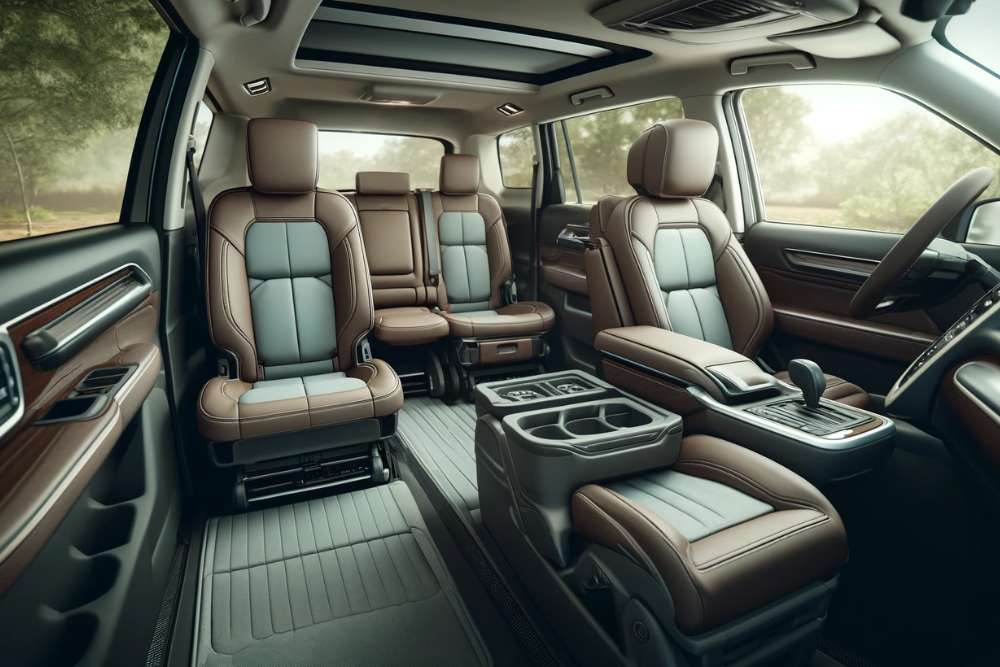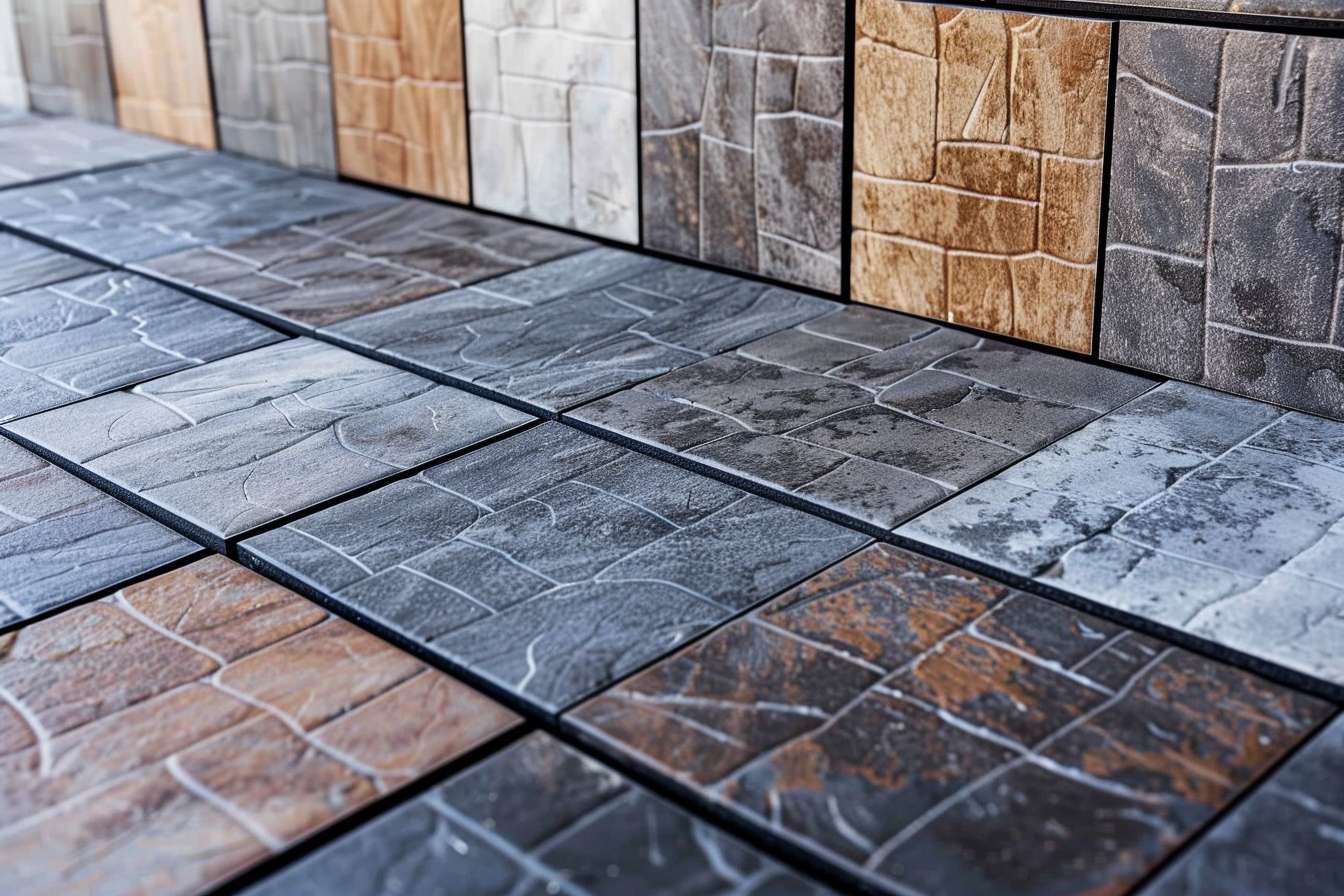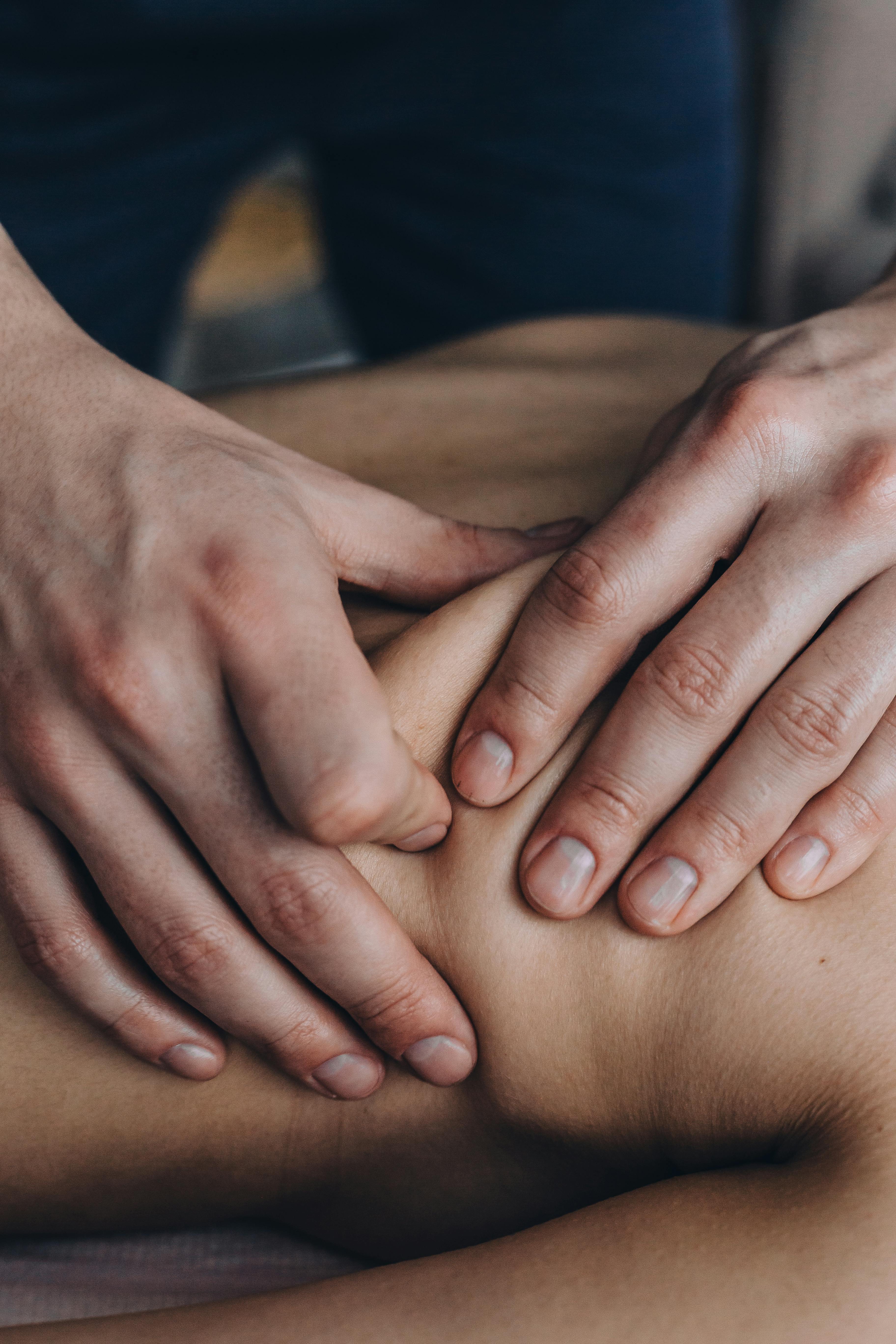Modern Bathroom Wall Panels for a Fresh Look
Bathroom wall panels combine durability with design, offering a sleek alternative to traditional tiles. From glossy finishes to textured styles, they help create inviting spaces with minimal upkeep. Explore how panels can add both function and flair to any bathroom.

What Are Bathroom Wall Panels?
Bathroom wall panels are large, flat sections of material designed specifically for bathroom installations. Unlike traditional tiles that require individual placement and grouting, these panels cover larger surface areas in a single installation. They typically come in materials such as PVC, acrylic, laminate, or composite materials engineered to withstand bathroom conditions. The panels attach directly to bathroom walls using adhesives, click-lock mechanisms, or specialized mounting systems, creating a seamless appearance. Most bathroom wall panels feature tongue-and-groove or other interlocking systems that create watertight seals between panels, essential for preventing moisture penetration.
Benefits of Waterproof Bathroom Panels
Waterproof bathroom panels offer significant advantages over traditional wall coverings in wet environments. The primary benefit is their exceptional moisture resistance, with high-quality panels featuring 100% waterproof construction that prevents water from seeping into walls. This waterproof quality makes them ideal for shower enclosures, areas around bathtubs, and other high-moisture zones. Unlike ceramic tiles with grout lines that can harbor mold and mildew, waterproof panels typically feature seamless or minimal-seam designs that eliminate places for mold to grow.
The maintenance requirements are also considerably lower than traditional options. Regular cleaning requires only a wipe-down with mild cleaner, eliminating the need for specialized grout cleaners or scrubbing. Many waterproof panels also resist staining from soaps and shampoos, maintaining their appearance over time. Additionally, these panels often feature thermal insulation properties, helping maintain bathroom temperatures and potentially reducing energy costs in the process.
Modern Bathroom Wall Design Trends
Contemporary bathroom wall panels reflect evolving design preferences, with several distinct trends currently dominating the market. Minimalist designs featuring clean lines and subtle textures have gained significant popularity, with matte finishes and monochromatic color schemes creating calm, spa-like environments. Conversely, bold geometric patterns and three-dimensional textured panels are also trending, providing visual interest and dimension to bathroom walls.
Natural material simulations have become increasingly sophisticated, with panels convincingly replicating marble, stone, and wood without the maintenance challenges these materials typically present in bathrooms. Many modern panels incorporate metallic accents or iridescent finishes that catch light and add subtle luxury. Large-format panels that minimize seams create a more cohesive appearance, while digitally printed panels allow for custom images, patterns, or artistic designs to be incorporated into bathroom spaces. The flexibility in design options makes bathroom wall panels suitable for various aesthetic preferences, from industrial to minimalist to maximalist approaches.
Installation Process for Bathroom Wall Panels
Installing bathroom wall panels is generally more straightforward than traditional tiling, making it accessible for experienced DIY enthusiasts. The process begins with thorough preparation of the existing wall surface, which should be clean, dry, and relatively flat. Minor imperfections can usually be accommodated, but significant damage should be repaired before installation. Most systems require measuring and cutting panels to fit the dimensions of your bathroom, including allowances for fixtures, outlets, and plumbing.
The attachment method varies by panel system but typically involves either direct adhesive application to the wall or installation onto a framework. Waterproofing considerations are paramount, particularly around edges, corners, and areas where water fixtures penetrate the panels. Most manufacturers provide specialized trims, corner pieces, and sealing products designed to ensure water-tight installation. While professional installation ensures optimal results, particularly for complex bathroom layouts, many homeowners successfully install simpler panel systems themselves, significantly reducing overall renovation costs.
Materials Used in Bathroom Wall Panels
Bathroom wall panels are manufactured using various materials, each offering different benefits and aesthetic possibilities. PVC panels represent one of the most budget-friendly options, providing good water resistance and coming in various colors and finishes. They’re lightweight and relatively easy to install but may not provide the premium look of other materials.
Acrylic panels offer exceptional durability and water resistance with a high-end glass-like appearance. These panels typically feature higher impact resistance than many alternatives and maintain their appearance over extended periods. Composite panels combine different materials to balance performance and cost, often incorporating aluminum layers for stability and synthetic surfaces for appearance and water resistance.
For those seeking premium options, solid surface materials like Corian provide exceptional durability and seamless installations but at a higher price point. Similarly, glass panels offer striking visual impact and absolute waterproofing but require professional installation due to their weight and fragility. The material choice significantly impacts not only aesthetics but also longevity, maintenance requirements, and overall project cost.
Cost Considerations for Bathroom Wall Panels
Bathroom wall panel costs vary significantly based on material, size, design complexity, and installation requirements. Budget-friendly PVC panels typically range from $15 to $30 per square meter, making them accessible for most renovation budgets. Mid-range options like high-quality laminate or acrylic panels generally cost between $50 and $120 per square meter, offering enhanced durability and design flexibility. Premium materials such as solid surface panels, glass, or specialized designer panels can cost $150 to $400+ per square meter.
| Material Type | Average Cost (per sq. meter) | Durability Rating | Installation Complexity |
|---|---|---|---|
| PVC Panels | $15-30 | Medium | Low to Medium |
| Laminate Panels | $40-80 | Medium to High | Medium |
| Acrylic Panels | $60-120 | High | Medium |
| Composite Panels | $80-150 | High | Medium to High |
| Solid Surface | $150-250 | Very High | High |
| Glass Panels | $200-400+ | High | Very High |
Prices, rates, or cost estimates mentioned in this article are based on the latest available information but may change over time. Independent research is advised before making financial decisions.
Installation costs add another dimension to the overall expense. DIY installation can eliminate labor costs, though specialized tools may be required. Professional installation typically adds $30 to $75 per square meter depending on complexity, with custom installations around fixtures or unusual angles commanding premium rates. When calculating the total project budget, additional components like trims, adhesives, sealants, and any necessary wall preparation should also be factored into the equation.
Maintenance and Longevity of Bathroom Wall Panels
Bathroom wall panels generally require minimal maintenance compared to traditional tiled surfaces. Regular cleaning with non-abrasive cleaners is typically sufficient to maintain their appearance, with no grout lines to scrub or reseal. Most high-quality panels retain their appearance for 10-15 years before showing signs of wear, with premium materials lasting significantly longer. Panels in direct water contact may require occasional inspection of seals and joints to ensure continued water resistance.
The longevity of bathroom wall panels depends largely on installation quality, material selection, and maintenance practices. Properly installed premium panels can remain functional and attractive for 15-25 years, while budget options may show signs of deterioration after 7-10 years. One advantage of panel systems is that damaged sections can often be replaced individually without disturbing the entire installation, extending the overall lifespan of the bathroom design while maintaining a fresh appearance.




